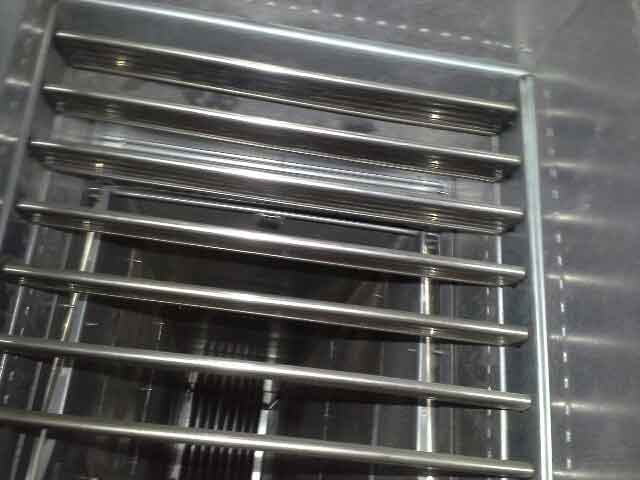A balanced fire protection plan is necessary to prevent fires and involves having correct procedures set in place to effectively deal with the event of an unexpected fire. Fire dampers are an essential part of this ‘fire battling’ system. They are used to prevent flames and smoke traveling from one compartment to another through heating, air conditioning and ventilation systems. Assuring the fire damper will ensure the fire dampers performance, which will play a crucial role in protecting all occupants within a building.
How Should a Fire Damper work?
It is worth knowing the basic performance functions of a fire damper in order to better understand its purpose and importance as an essential part of any fire protection system. A serious rise in temperature will alert the fire damper to shut, enabling the prevention of spreading flames through the barrier. The fusible link melts at around 165°F. However, the required temperature may reach higher levels depending on the circumstances and area of installation.
The Fire Safety Order 2005
The Regulatory Reform Order 2005 requires that a ‘responsible person’ establishes a general duty to ensure the safety of both employees and non-employees in the event of a fire by carrying out regular fire assessments which includes an appropriate testing procedure of fire dampers.
Fire risk assessments and tests should be carried out to guarantee the performance and ability of the fire damper to not only withstand extreme heat but to prevent the passage of smoke, gas and flames. It is up to the professionals who have been trained and are qualified to carry out such assessments. They will assess the main attributes of a fire damper such as its integrity, insulation and leakage endurance. Leakage of the fire damper should be less than 200 m3 h-1 per m2 of damper face area which will be measured at ambient temperature. Integrity refers to the length of time that the damper allows a leakage of less than 360 m3 h-1 per m2 without a failure whilst insulation is measured at the average temperature rise on the unexposed face to 140°C with 180°C as the maximum point value.
As long as appropriate tests and assessments are being carried out on an ongoing basis, you will always be assured that your fire damper operates and functions as required. Failure to carry out such fire assessments will be viewed as an intentional refusal to carry out your legal obligation as well as putting your insurance policy company on edge. More often than not, insurance companies will refuse to cover you if evidence of an unkempt fire damper is present. Avoid this mishap by always ensuring that your fire damper is correctly installed and that it performs to the best of its ability at all times.


